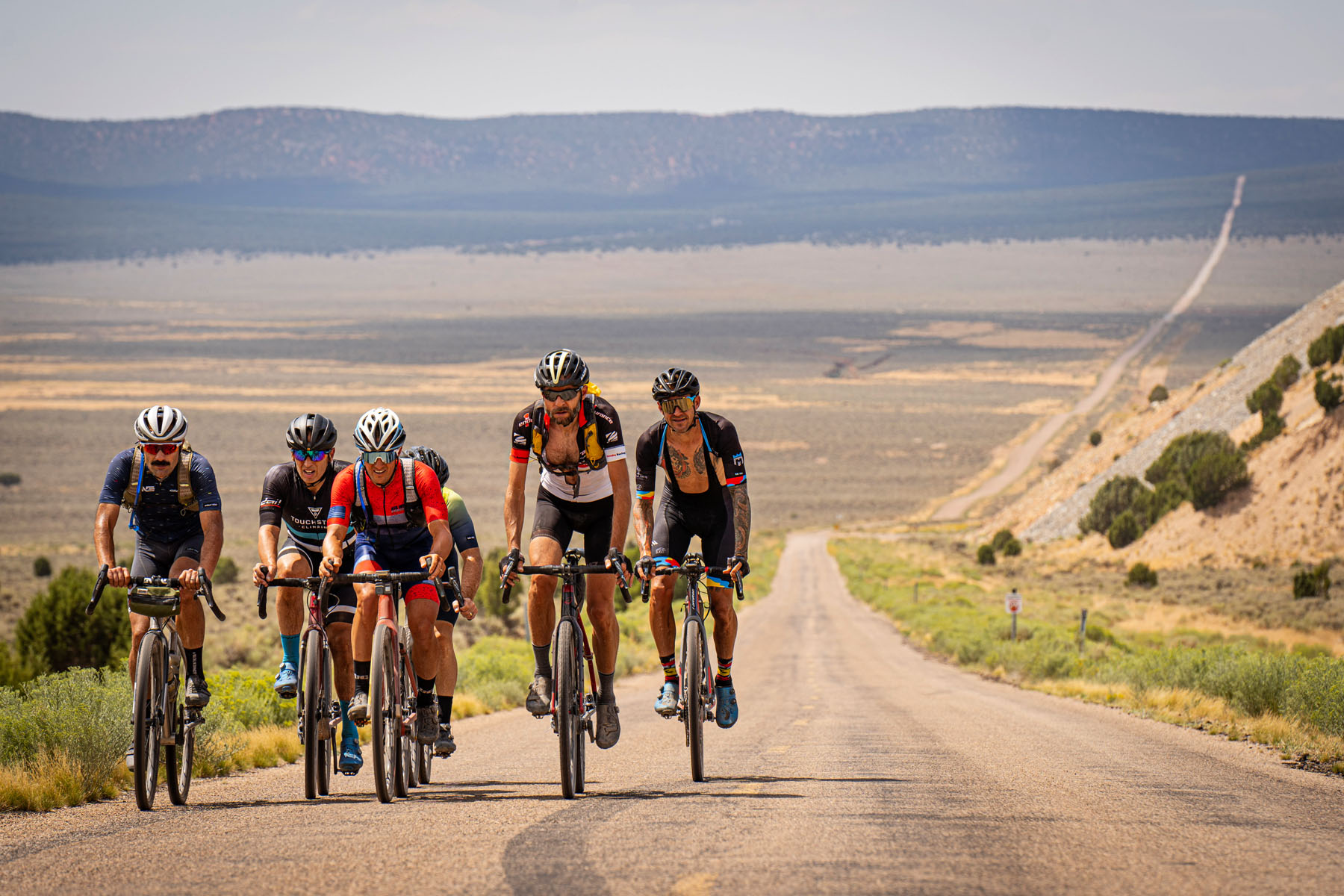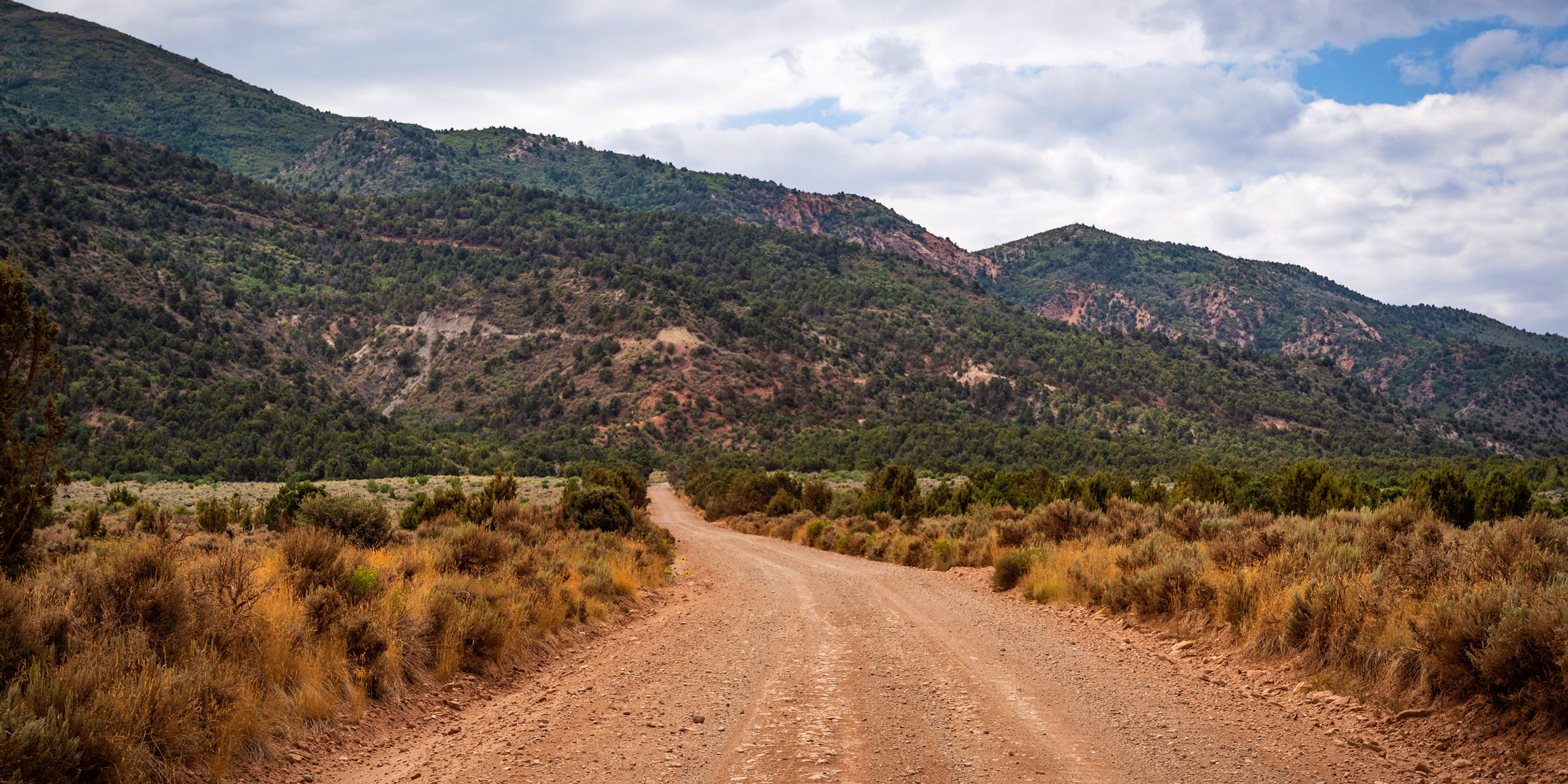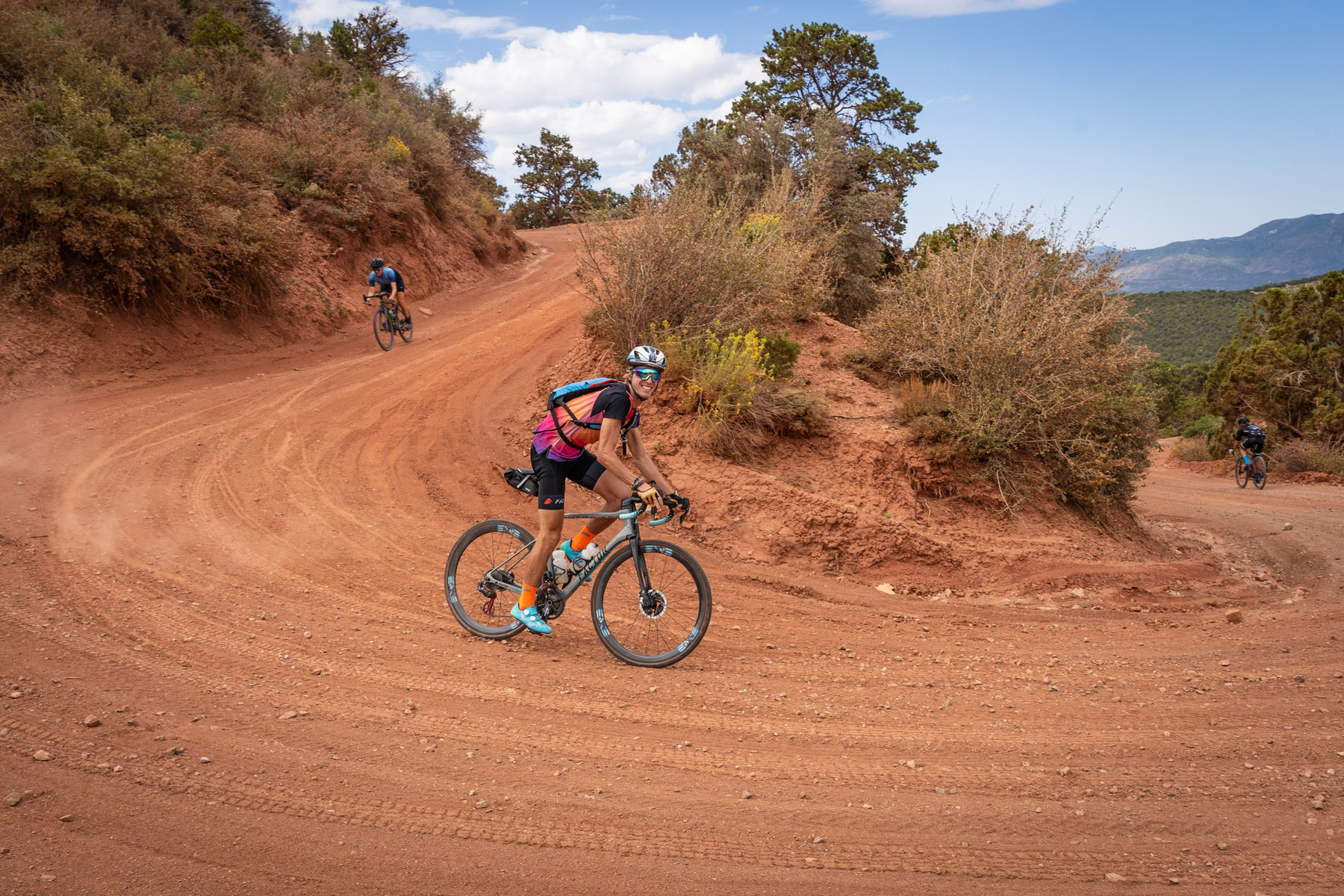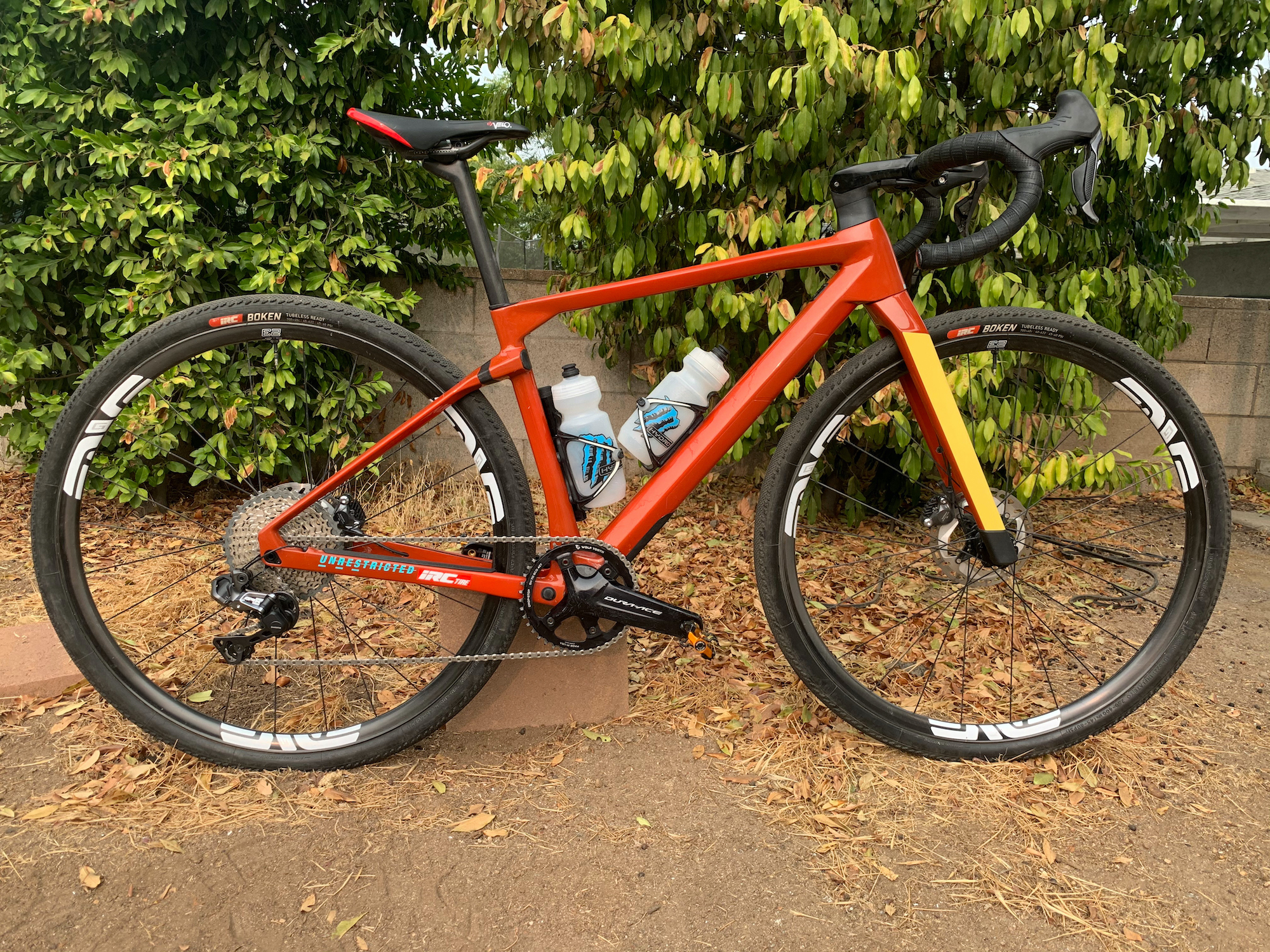In what will be the first major gravel event since March, the Belgian Waffle Ride Cedar City is set to roll out on October 17th. With this being the inaugural event, what lurks in the Southern Utah desert is somewhat unknown. What size tires do I need, how hard are the climbs, and should I go for aerodynamics or compliance in my wheels? These are all questions we were asking ourselves. Winner of the BWR San Diego event in 2018, Brian McCulloch previewed the new course and has answers to all of our questions.
By Brian McCulloch — The BWR has a reputation for being savagely challenging. Just look up any of their full-length recap videos on the web and you will see numerous first-hand accounts of these brutal events. From the first rider across the line to the “lanterne rouge”, these events demand all you have, and you should expect the Cedar City edition to do the same.

When looking at the stats of the event, the casual observer might think that BWR Cedar City is tame, and that aero equipment could be advantageous to getting through a long day on the bike. But as a pro cyclist and coach, not to mention someone who has ridden the course, I implore you to take a deeper dive.
Wafer By The Numbers:
80-ish miles/3,500’ of elevation gain (Note: The routes are not 100% finalized)
Waffle By The Numbers:
125-ish miles/6,000’ of elevation gain (Note: The routes are not 100% finalized)
What’s Not In The Numbers?
The most prominent pieces of information missing from what’s above are the starting altitude and the amount of dirt included in each route. With a starting altitude of 6,000’, anyone who does not already live at altitude is going to need to account for the thin air in their pacing strategy, as well as their hydration and fueling plan. The reduced oxygen availability at altitude essentially feels like a fitness loss on the bike. What’s more, you will not have access to as many ‘matches’ or hard efforts above threshold. Altitude will, without a doubt, make an already challenging day on the bike even more demanding.
But What About The Dirt?
To me, this is even more critical than dealing with the lack of oxygen. One can overcome the altitude with a disciplined pacing strategy, a focus on proper hydration, and a commitment to fueling, (note: as long as you are fit!), but what you can’t account for is unknown dirt conditions.

The expansive valleys of Southern Utah are beautiful, simply amazing, and the gravel that BWR traverses is fast-rolling, but also has some hidden treachery. Although on first look the route does not seem to have the hallmark tire-slashing rock of the San Diego masochism, it most definitely has buried hazards of the tire-destroying kind.
The fast speeds and rolling terrain mean that potentially hazardous rocks come up much quicker. Riders are going to have balance looking ahead to pick a smooth line while simultaneously keeping a close eye on what’s immediately in front of them. Focus is key, and losing concentration even for a moment could spell disaster.
A Few Sectors That Require Special Attention
These are not all the dirt sectors, just the most prominent ones that are worth noting.

- Little Salt Lake/Red Hills/The Parowan Gap: The Opening Salvos Beginning near mile-20, this series of sectors is far more than an appetizer. Punctuated by rolling roads, rapid momentum changes, loose corners, and a few sizable rocks, it will be easy to miss the beautiful landscapes of the Parowan Gap Petroglyphs and Little Salt Lake. This is no place for white-knuckles, you will want to have a front tire that provides plenty of confidence.
- Three Peaks/Granite Mountain/Eightmile Hills: Sand & Likely A Headwind Spanning three foothill sectors of the Southern Utah Desert, this section of road includes a few hidden surprises, namely tire-swallowing sand. The best way through sand is to start with momentum, lean back, keep pedaling, and carry your speed as best as possible. Much of this sand comes on the outside of double-track corners, which adds a whole new level of challenge. Tire pressure, tread pattern, and wheel selection are going to be key here.
- Red Butte Canyon: Hardpack & High Speed The southern part of the course is almost the polar opposite of the north end. Instead of soft corners and hidden rocks, this section is rolling, high-speed hardpack. Dodging potholes or switching sides of the double track to carry momentum is again going to highlight the balance between tire pressure, wheel selection, and tread pattern. This time the emphasis will be on compliance, a set-up that is nimble and quick. And because this sector begins nearly 90 miles into the Waffle route, this will be no time to suffer a mechanical issue.
- The Turnpike: Two To Tango? What will most likely go down as the most tortuous finish to a gravel event yet, “The Turnpike” trail is built for full-suspension mountain bikes. This four-mile torture test of a single track will serve as the final obstacle of the crucible known as BWR Cedar City.Man and machine will need to dance an elegant tango to get through this sector of jagged rocks and g-outs that is covered by the low-hanging desert canopy. Expect your fitness, wits, and equipment will be tested to the limit.
You Didn’t Say Anything About Climbing?
The Wafer riders will savor their route choice to avoid the most brutal climb on the course; what is Cedar City’s homage to the famed Double-Peak climb in BWR San Diego.
Positioned between the Red Butte Canyon Hardpack and “The Turnpike Trail” is the ruthless Kanarra Mountain Road climb, AKA the Col du Kanipple. It’s a dirt road climb of 2.6 miles that averages 8% with ramps as steep as 25% and way too many pitches above 15%.
This climb was incredibly difficult to summit with 1:1 gearing on a training ride, which is why I highly recommend having at least that gearing, preferably one cog lighter than that on race day.
Otherwise, you might have a “hike a bike” story to share at the finish of the race.
Equipment Recommendations:
Having grown up racing dirt bikes, I love technical offroad trails, but as a longtime roadie I understand the need to seek an aerodynamic advantage on long-distance events. So what set-up is best for BWR Cedar City?

The real question is, how aggressive will you be riding in the dirt? If you like the feeling of drifting tires and have been known to shriek “yee-ha” when confronted by singletrack on a drop-bar bike, then you’re going to need equipment to match your riding style. During my course preview, I ran my ENVE G23 wheels mounted to iRC Boken 40c tires at 30psi and had zero mechanical issues, something more than a few in our recon group can’t say.
There’s also a very good case to be made for a deeper profile rim like the SES 3.4 AR as energy conservation of even a few watts will be critical to maintaining a race pace with the front group on a course where the fastest riders will average 20mph. Want more info and a comprehensive explanation of the differences between the SES 3.4 AR and the G23 to help you make your choice? Check out this helpful article: https://www.enve.com/en/journal/g23-vs-ses-3-4-ar/
See you in Cedar City and be sure to come say hello! Let’s toast a job well done when you cross the finish line!
- Frame: BMC UnRestricted “URS”
- Drivetrain: Shimano GRX Di2 1x front 42t, 11-42 cassette
- Wheels: ENVE G23
- Tires: iRC Boken 40c at 30PSI
- Pedals: Xpedo CXR Titanium
- Saddle: Velo Senso TT

